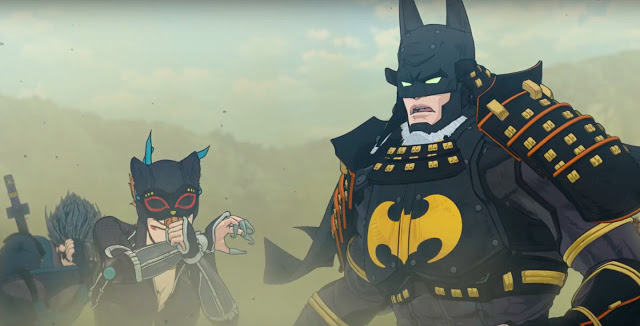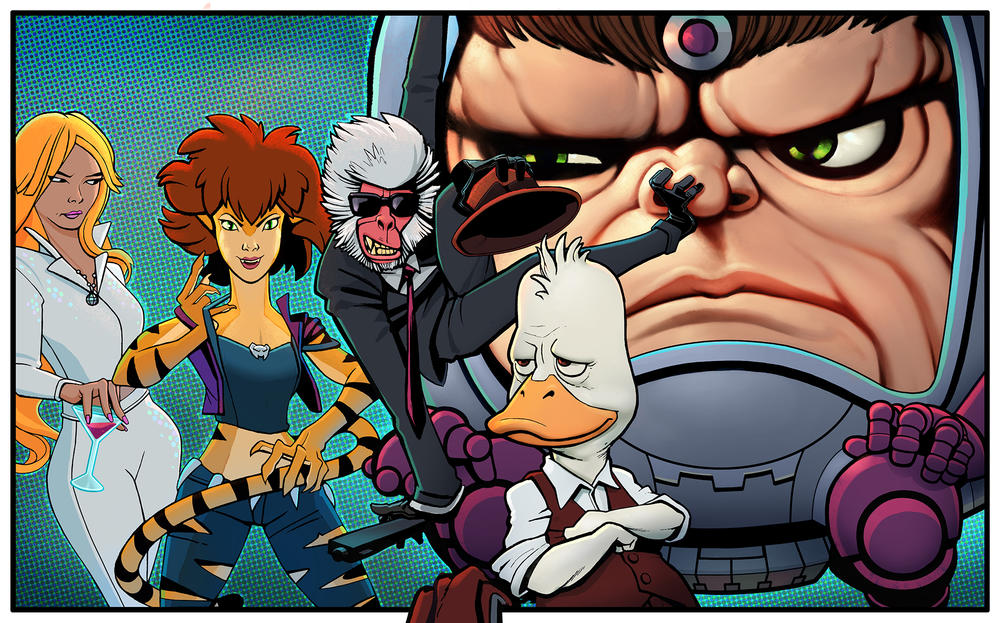Yes, Batman Kills Sometimes – And That’s OK

It’s one of the most hotly debated issues in comic book history. It has broken the Internet, fractured friendships, and affected how people view fictional characters. I am, of course, talking about the discussions regarding Batman‘s “no-kill rule.” On the one hand, we have people who believe Batman shouldn’t kill in any situation, period. On the other hand, we have people who want Batman to kill his enemies. Both are valid viewpoints, but are either of them factual?
Batman is a character who needs no introduction. He has existed in comics for over 80 years, and he has been adapted in countless films and television shows. This has led to writers having different approaches to the character, ranging from the main continuity to Elseworld tales. Different writers handle Batman’s approach to killing differently.
That brings me to my main point: Batman does, indeed, kill sometimes. And sometimes, he doesn’t kill. And either way is OK.

First, let’s take a brief look at how Batman’s rule has changed over time. When he was first created in 1939, Batman didn’t take prisoners. In fact, there were times when he – gasp! – used a gun. Afterwards, he adopted a no kill/no gun rule, one that many writers have held onto for decades. Of course, however, there were times when he bent that rule, like when he killed Darkseid (with a gun!) in Final Crisis.
In other media, the rule is less consistent. Batman didn’t kill in The Animated Series, while multiple movies (especially Under the Red Hood) emphasized the rule. However, in live action, it’s harder to find a version of Batman who doesn’t kill. Tim Burton’s Batman movies showed the Dark Knight kill multiple times. Joel Schumacher’s movies don’t spend a lot of time on the rule. Zack Snyder’s Batman v Superman: Dawn of Justice also showed multiple casualties at Bruce Wayne’s hands. Most recently (SPOILERS, by the way), The CW’s Batwoman strongly hinted that Batman had killed The Joker several years ago. And that’s not counting Earth-99 Bruce (played by Kevin Conroy), who had killed Superman and multiple enemies, leading him down an irredeemable path.

The live action Batman portrayal that most prominently focuses on his no-kill rule has to be The Dark Knight Trilogy. Many times, Bruce Wayne said that he wouldn’t take a life. However, even then, there had been multiple times when he caused somebody’s death. There was his attack on the League of Shadows in Batman Begins, which led to the decoy Ra’s al Ghul (and likely others) dying in a burning building. Plus, he refused to save the real Ra’s al Ghul on the train. He pushed Harvey Dent off a ledge to his death in The Dark Knight. He even caused Talia al Ghul to fall to her death in The Dark Knight Rises. That’s not even counting all the collateral damage caused by the Tumbler throughout the series. So, yes, Batman had his “one rule,” but even he bent it on more than one occasion.
We can keep going throughout Batman’s franchise history, but it’s already clear. Sometimes he kills, sometimes he doesn’t. Now, is that a good thing or a bad thing? Of course, that’s a matter of opinion. In my opinion, I am OK with either approach – so long as it makes sense within the context of the story and the writer’s vision.
On the one hand, I love seeing a Batman who takes the moral high ground. Even when faced with overwhelming odds, he chooses to be the better man and not stoop down to the level of his enemies. Under the Red Hood does an excellent job of explaining it.
On the other hand, I’m open to seeing a Batman who does succumb to killing. Batman killing is a choice that would have severe repercussions on his world, and if a story takes the time to explore that, it can be interesting. For example, in Batman v Superman, we have an older Bruce Wayne who is broken, leading to him taking lives. It worked within this story’s context; not only is his killing painted as a bad thing, but he eventually finds redemption. Then there are alternative portrayals – Earth-99 Bruce in Crisis on Infinite Earths, for example – who become straight-up villains because of their disregard for lives.
There is also the concern about letting certain individuals live. For instance, Joker has killed who knows how many people. It’s easy to understand why one would want to let him die before he hurts anyone else.
So, ultimately, it all depends on what direction the writer chooses to take, and whether he/she has the creative freedom to pursue it. Fans always say that Batman “does not” or “cannot” kill as if he’s a real person. He’s not. He is a fictional character who will do whatever writer have him do. Sure, fans have their preferred versions, and that’s a good thing. But if it gets to the point where we tell writers what they can or cannot do, it becomes an issue. If we get the same version of Batman (or any character) in every adaptation, it gets stale after a while. Shake things up every now and then. And if that includes making Batman a killer, so be it.
Also, fans shouldn’t participate in gatekeeping over these issues. Some fans want Batman to kill, some want him to stick to his code. Whatever you think, it doesn’t make you any more or less of a Batman fan. If you love Batman, you love Batman. Any version is valid. Period.

Agree? Disagree? Let us know in the comments below or on Twitter at @WOBAMEnt.
- Paul’s 15 Most Anticipated Movies of 2022 - January 17, 2022
- How Legendary Pictures Can #ContinueTheMonsterVerse After GODZILLA VS. KONG - April 19, 2021
- 5 More Marvel Legacy Characters We Want to See in the MCU - February 7, 2021



